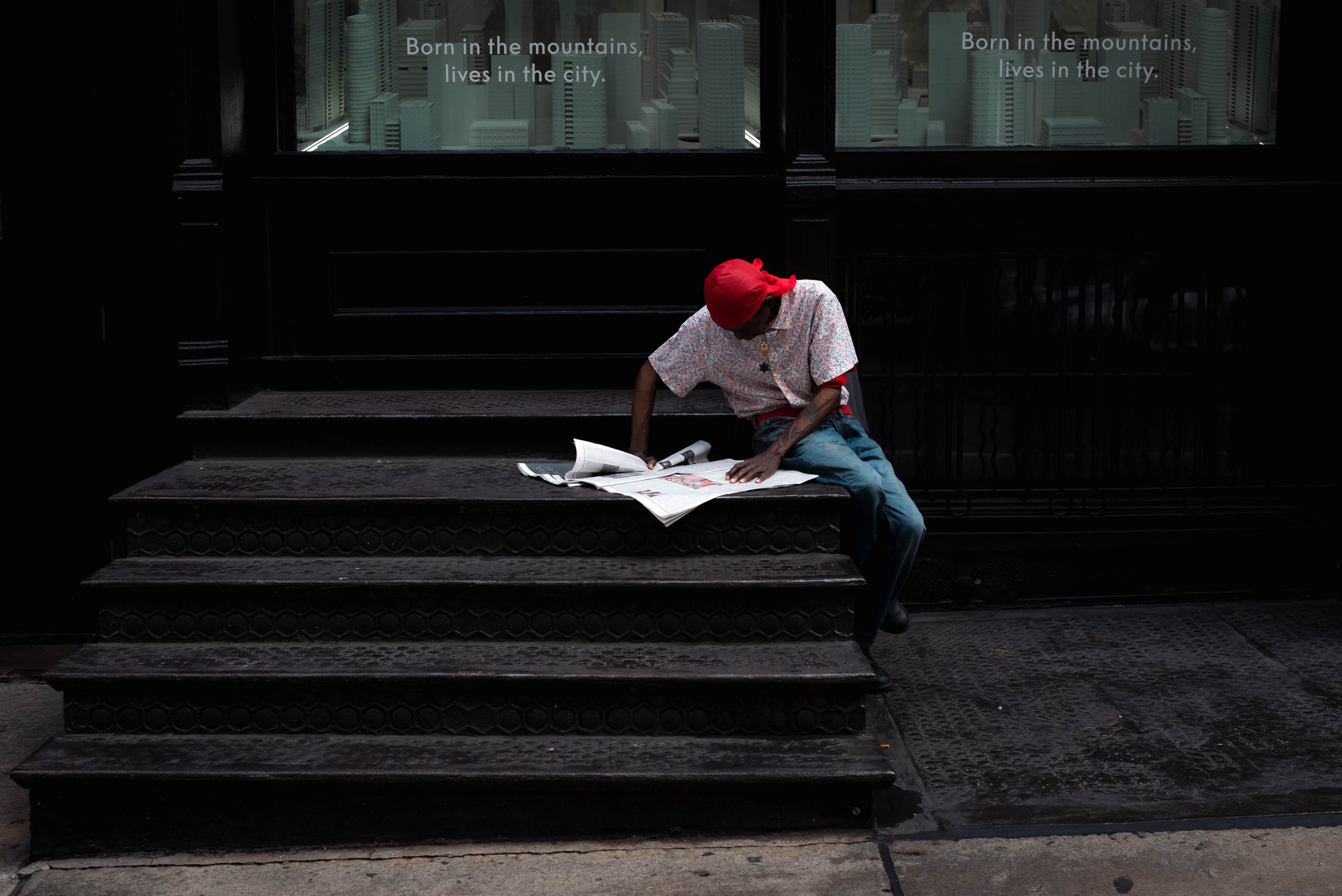April 2025

(On the Streets…)
I was in London a few years ago and I was surprised to see how many active news stands there were selling actual newspapers and magazines and how many people - of all ages - there were on the streets and in the subway system(the tube) reading actual newspapers. The newspaper culture in England is much different that it is today in the United States.
But in this fast moving world it is important to keep up with the news. With what’s going on.
If we ever lose the freedoms we are used to, it will start with people deciding that being part of the conversation about how we govern ourselves is some else’s business.
On a Thursday morning in New York City this man was taking time to do his part.
Featured
























